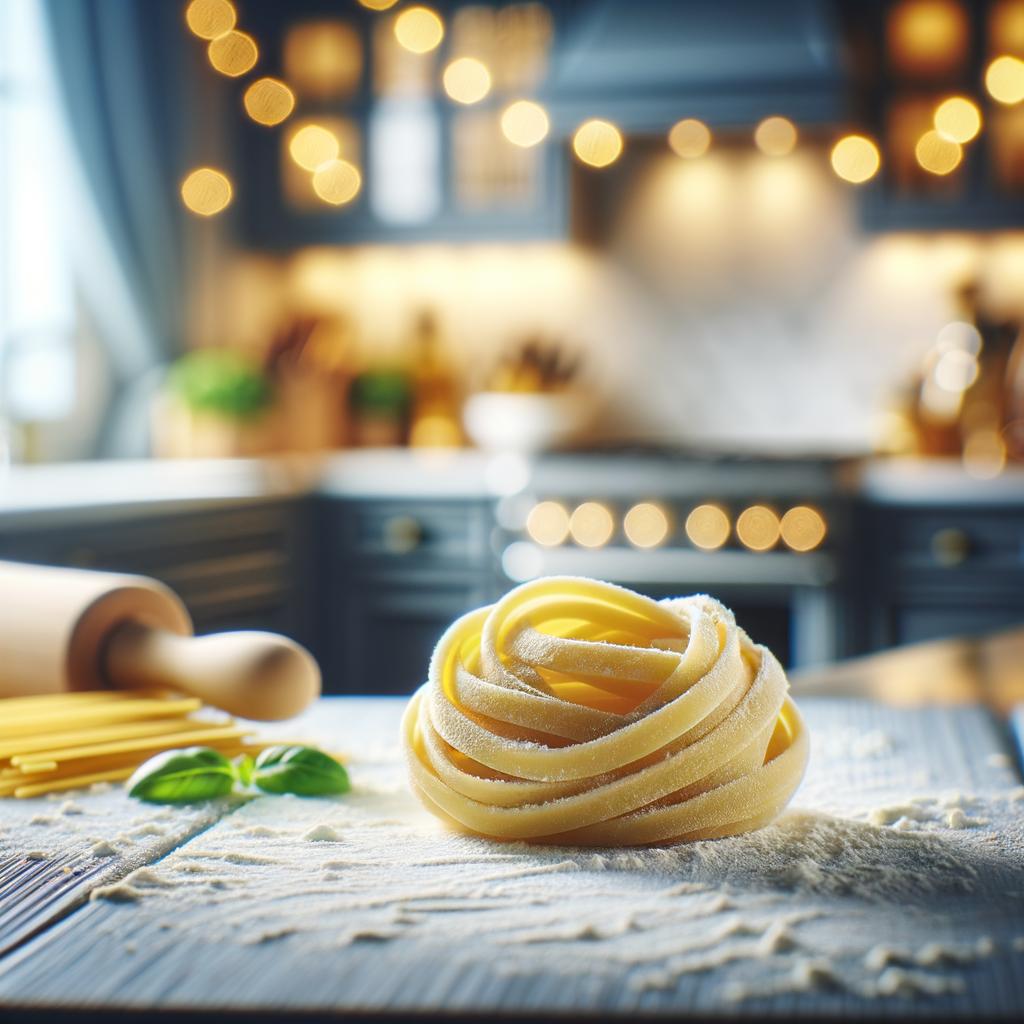Pasta Dough

Description
Pasta dough, the heart of Italy's culinary world, is a simple yet versatile blend of flour, eggs, and salt. In its raw form, it has a soft, pliable texture, somewhat akin to playdough. Its color varies from the palest ivory to a vibrant yellow, depending on the type of flour and eggs used. The flavor is subtly earthy and somewhat neutral, designed to absorb and complement the flavors of accompanying sauces and ingredients. Its unique characteristic lies in its transformative nature, as it can be morphed into a myriad of shapes and sizes, each with its own distinctive texture and mouthfeel, from the delicate angel hair to the robust rigatoni.
Primary Uses
Pasta dough is the foundation of countless Italian dishes, from the humble spaghetti aglio e olio to the decadent lasagna. It also finds its place in other cuisines, such as the Hungarian nokedli or the Chinese lamian. Beyond its culinary uses, pasta dough also holds cultural significance. In Italy, the act of making pasta is a time-honored tradition, often a family affair where recipes and techniques are passed down through generations.
History
The history of pasta dough is as rich and varied as its shapes. While commonly associated with Italy, its origins can be traced back to ancient civilizations, including the Greeks and Arabs. However, it was in Italy, during the Renaissance, that pasta began to take on its modern form, with the invention of pasta machines allowing for more uniform shapes and sizes. Over time, pasta has evolved from a luxury item to a staple food, adored worldwide for its versatility and comfort. There are countless tales associated with pasta, like the one about Marco Polo introducing pasta to Italy from China, which, while debunked, adds to the allure of this beloved ingredient.
Nutritional Information
Pasta dough, made from wheat flour, is a good source of carbohydrates, providing energy for the body. It also contains some protein, thanks to the eggs, and a range of B vitamins. While pasta is sometimes criticized for its high carbohydrate content, it's worth noting that it has a low glycemic index, meaning it provides a slow, steady release of energy. Compared to other forms of carbohydrates like white bread, pasta is more filling and less likely to cause blood sugar spikes. However, as with all foods, moderation is key to maintaining a balanced diet.

